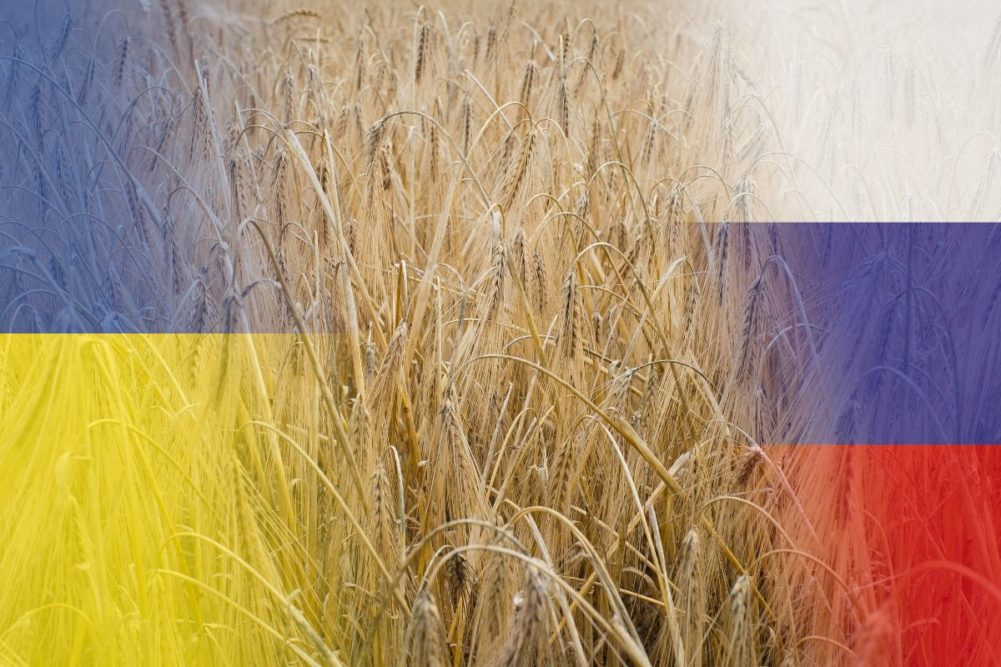
Arvin Donley
| Credit: ©SOSLAND PUBLISHING CO.KANSAS CITY, MISSOURI, US – A diminished Ukrainian grain sector is not what the world needs with food insecurity rising due to price volatility and increasingly extreme weather that is hampering global grain output, particularly wheat. But that will be the case for the foreseeable future, even after the war with Russia finally ends.
Early in the 21st century, Ukraine developed into a top-five wheat and corn exporter, as well as the world’s top supplier of sunflower oil. But it has seen its once-proud production/export system decimated by Russian attacks on grain infrastructure, its threats against Ukrainian Black Sea shipments, and the war’s economic toll on the country’s farmers and other agricultural enterprises.
Since Russia pulled out of the Black Sea Grain Initiative on July 17, its bombing of grain assets at Ukraine’s Black Sea ports and on the Danube River has limited the country’s ability to transport grain beyond its borders. Once the bombing stops, it will take several years to rebuild the damaged infrastructure, remove landmines Russia has planted in agricultural fields and rejuvenate the farm economy to make Ukraine’s beleaguered agricultural sector profitable again. This, of course, assumes Ukraine will at least battle Russia to a draw and does not relinquish large amounts of agricultural land and key grain terminals to its adversary.
Russia has weaponized food during this senseless war that it started in February 2022, promising poorer, grain import-dependent countries that it can fill the void. In late July, the European Union, in a letter to both developing and G20 countries, warned that Russia is offering cheap grain “to create new dependencies.”
“As the world deals with disrupted supplies and higher prices, Russia is now approaching vulnerable countries with bilateral offers of grain shipments at discounted prices, pretending to solve the problem it created itself,” the letter said. “This is a cynical policy of deliberately using food as a weapon to create new dependencies by exacerbating economic vulnerabilities and global food insecurity.”
The notion that Russia, with a grain sector that has made strides but remains inefficient compared to most other major grain-producing countries, can fill the export void it has created is dubious. Although currently sitting on significant stockpiles of grain, its port system is inferior to Ukraine’s, the Black Sea is a war zone, making shipments expensive and risky for any nation, and most multinational agribusiness companies have exited the country. Russia also has a long-standing reputation as an unreliable supplier that is quick to ban exports when production lags and/or domestic food prices rise. And earlier this week, the Russian central bank, in an emergency move to address the plunging ruble, increased its main interest rate by 3.5% to 12%, which will make Russia’s grain more expensive for foreign buyers.
To stabilize supply and prices, the world needs Ukrainian grain. Rehabilitating its grain sector once the conflict ends will be critical, even though it will take a long-term commitment from public and private stakeholders, billions of dollars in investment, patience and time. With its fertile soil, a top-notch grain exporting system, and the potential for agribusinesses to thrive, it will be worth the time, money and effort to return the Ukrainian grain sector to its lofty pre-war status.
Arvin Donley is editor of World Grain.






